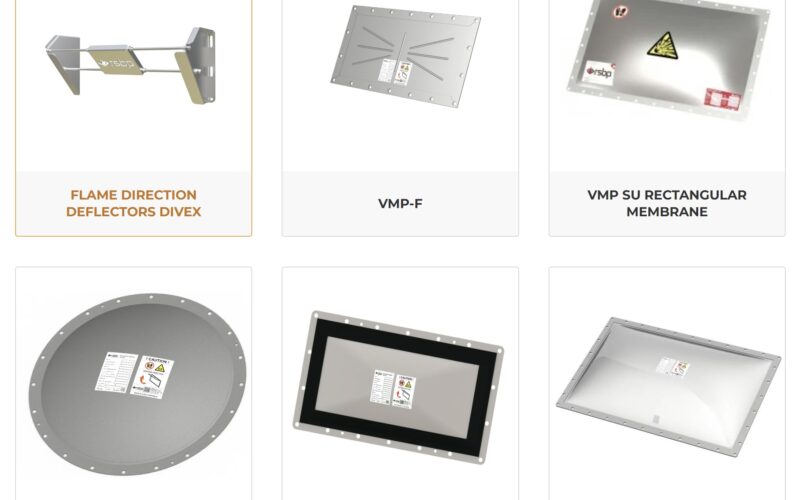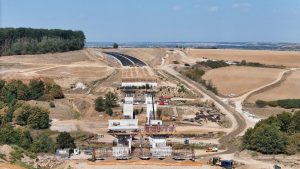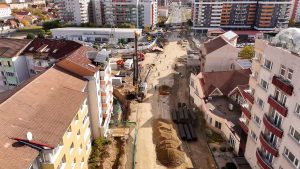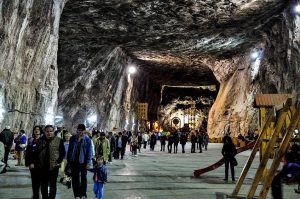Explosion venting is a critical safety mechanism in industries where combustible materials are processed or stored. To mitigate the destructive effects of an explosion, specific devices are designed to relieve pressure and protect both personnel and equipment. This article will explore the fundamental components of explosion venting, including explosion vents, explosion vent panels, and explosion valves, and their applications across various industries.
1. What is Explosion Venting?
Explosion venting is a safety process used to control explosions within industrial settings. When an explosion occurs, the rapid buildup of pressure can cause catastrophic damage. Explosion venting systems are designed to open at a predetermined pressure level, allowing the excessive pressure to escape in a controlled manner. This reduces the risk of damage to equipment and injury to personnel.
Key Features of Explosion Venting:
- Pressure Relief: Explosion venting provides a direct path for pressure release, minimizing the risk of structural failure.
- Cost-Effective: Implementing explosion venting systems is generally more cost-effective than other explosion mitigation techniques.
- Regulatory Compliance: Many industries are required to have explosion venting systems to comply with safety regulations.
2. Explosion Vents: The Core of Venting Systems
Explosion vents are the primary components in an explosion venting system. These devices are engineered to rupture when exposed to a specific pressure, allowing gases to escape and relieving the internal pressure that could otherwise cause an explosion.
Types of Explosion Vents:
- Flat Explosion Vents: These are simple, flat panels that rupture under pressure. They are often used in dust collection systems and silos.
- Domed Explosion Vents: Domed vents are curved to provide additional strength and are suitable for applications where higher pressure differentials are expected.
- Composite Explosion Vents: These are made from multiple layers of materials to provide greater flexibility and durability.
Applications:
- Dust Collectors: Explosion vents are commonly used in dust collectors to prevent explosions caused by the accumulation of combustible dust.
- Silage Tanks: In agriculture, explosion vents protect silage tanks from the buildup of fermentation gases.
- Chemical Processing Plants: They are also crucial in chemical industries where volatile reactions can cause pressure surges.
3. Explosion Vent Panels: Enhanced Safety Solutions
Explosion vent panels are specialized types of explosion vents designed for specific applications requiring larger or more complex venting solutions. These panels are installed in areas where standard explosion vents may not provide sufficient protection.
Advantages of Explosion Vent Panels:
- Customizable: Panels can be designed to fit specific dimensions and pressure requirements, making them suitable for large or irregularly shaped enclosures.
- Durability: Made from robust materials, these panels can withstand harsh industrial environments.
- Versatility: Explosion vent panels can be used in a wide range of industries, from food processing to pharmaceuticals.
Applications:
- Industrial Ovens: In the food and pharmaceutical industries, explosion vent panels are often used to protect ovens and dryers.
- Storage Silos: Large storage silos benefit from explosion vent panels to manage the pressure from stored materials.
- Processing Equipment: Complex processing machinery can be fitted with explosion vent panels to prevent damage from internal explosions.
4. Explosion Valves: Controlling the Flow
An explosion valve is a critical component that complements explosion venting systems by controlling the flow of explosive gases. Unlike explosion vents and panels, which are passive devices, explosion valves actively manage the pressure within a system.
Types of Explosion Valves:
- Flame Arrester Valves: These valves allow gases to escape while preventing the propagation of flames, providing an added layer of safety.
- Pressure Relief Valves: Designed to release excess pressure gradually, these valves help maintain a stable environment within the system.
- Isolation Valves: These valves isolate sections of a system to prevent the spread of an explosion from one area to another.
Applications:
- Pipelines: Explosion valves are crucial in pipelines carrying flammable gases, ensuring that pressure surges are safely managed.
- Ventilation Systems: In ventilation systems, explosion valves help control airflow and prevent the spread of explosive gases.
- Chemical Reactors: They are essential in chemical reactors where maintaining pressure equilibrium is critical to safety.
Conclusion
Explosion venting is a vital safety measure in many industries, protecting both equipment and personnel from the potentially devastating effects of explosions. Understanding the roles of explosion vents, explosion vent panels, and explosion valves is crucial for anyone involved in industrial safety or equipment design. By selecting the appropriate venting solutions, industries can significantly reduce the risks associated with combustible materials and ensure a safer working environment.








































